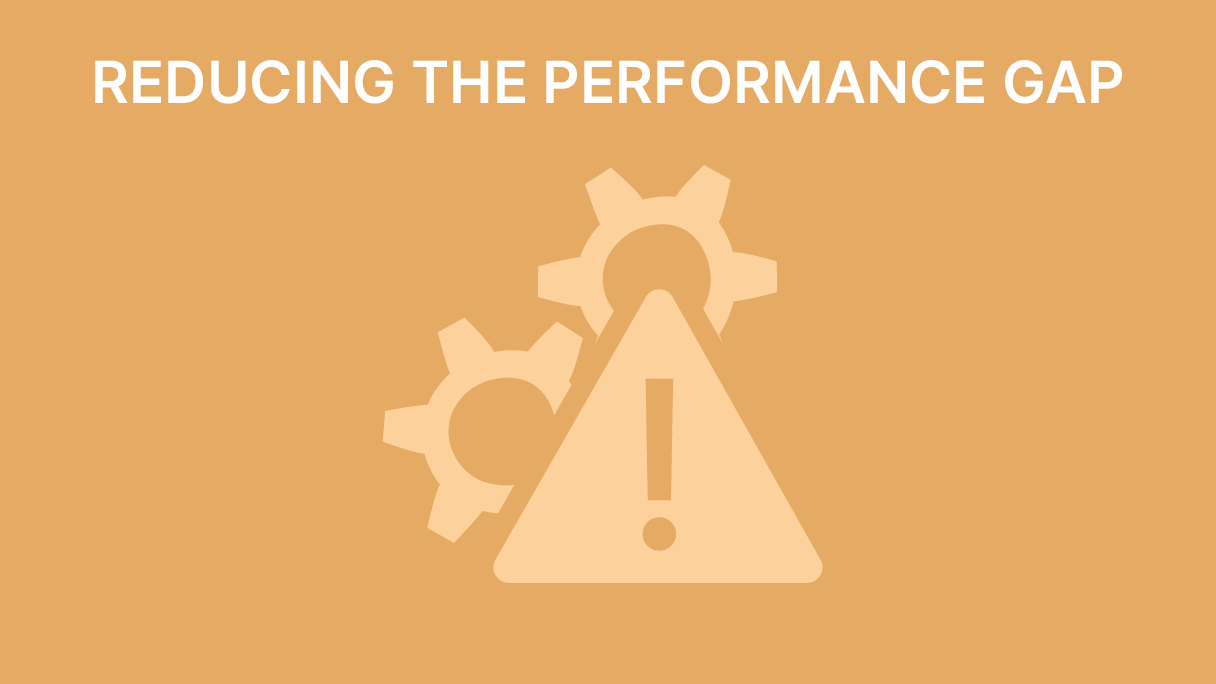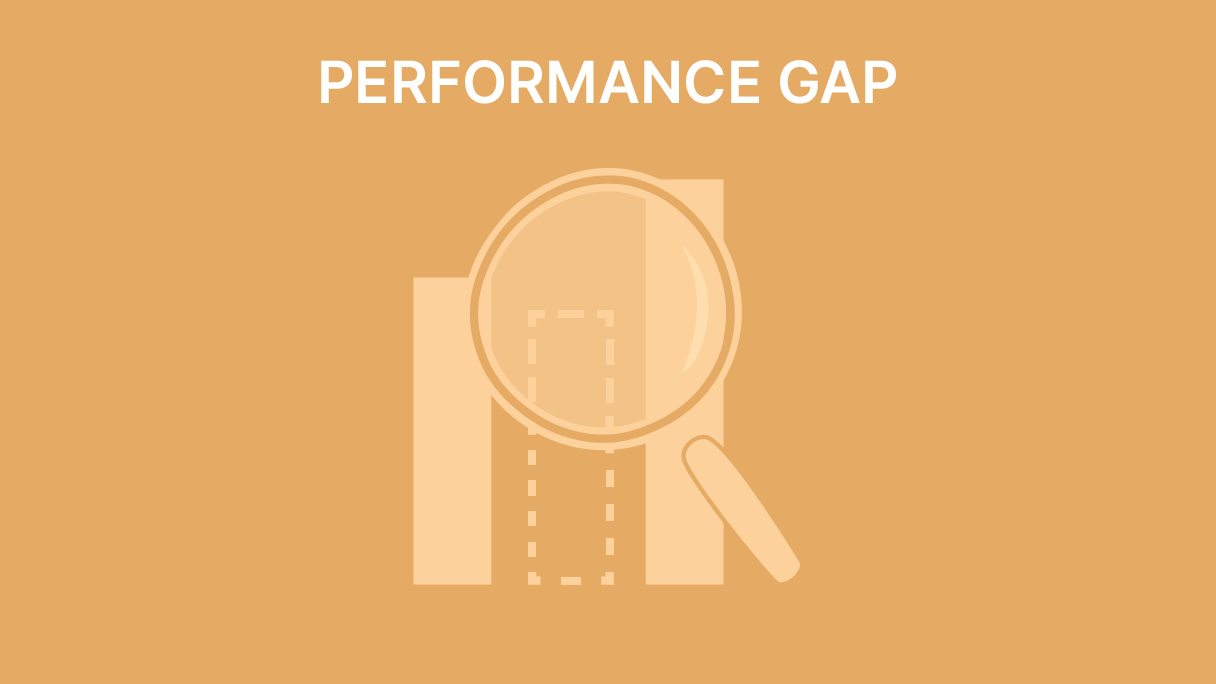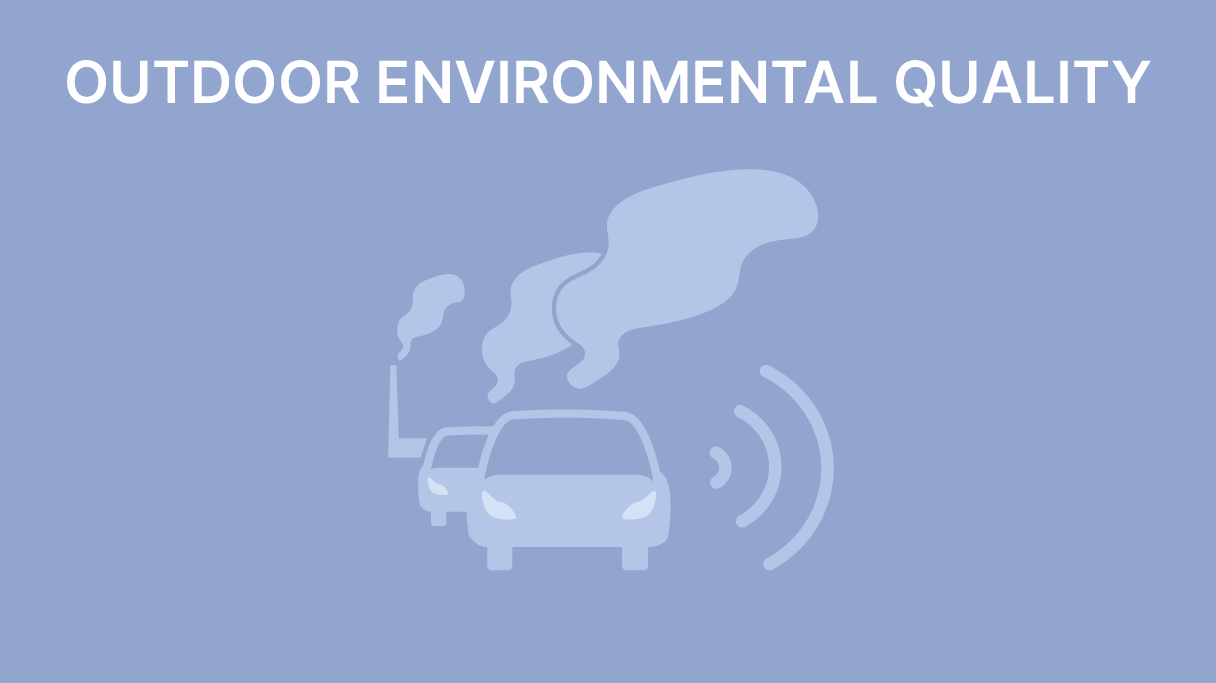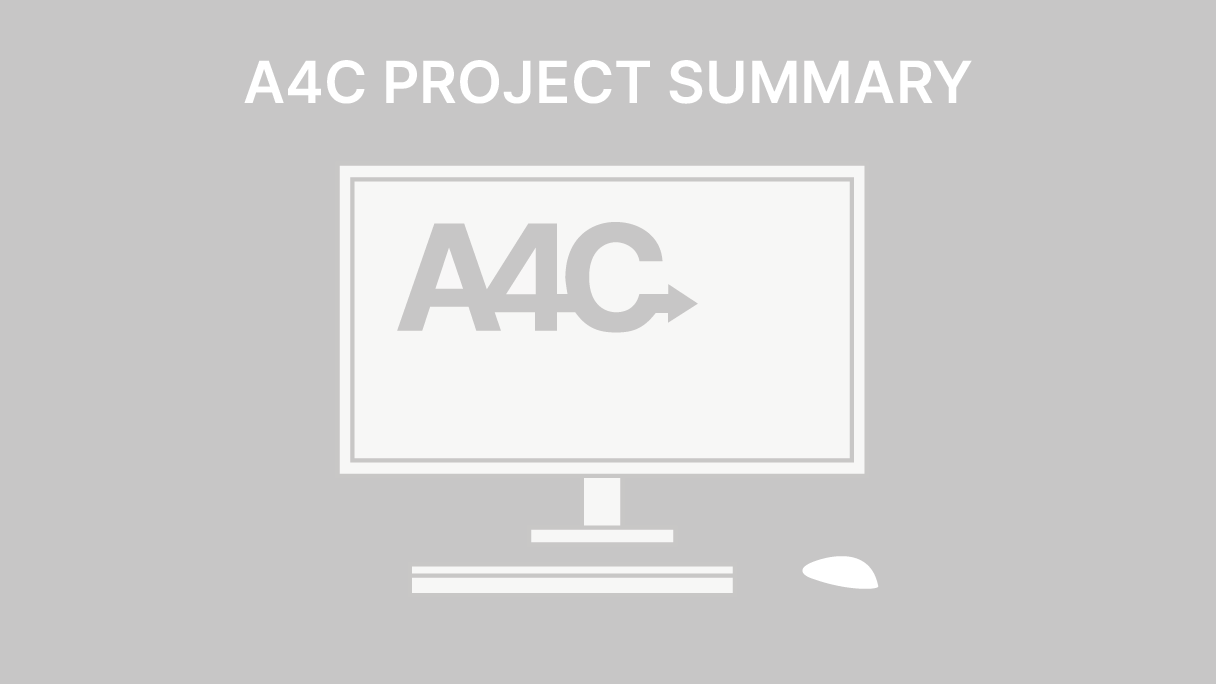Performance Case Studies
Finding out about users’ needs and expectations and responding to this in your project, means that your project is more likely to meet their expectations and your design intentions in reality. This is why we need to ask people about their needs and expectations and involve them at the beginning of the design process in the first place. So, map who the key users and stakeholders are in your own project. User engagement early on should not be neglected in favour of post-completion feedback or quantitative building monitoring only. Placing user-centric and feedback processes at the heart of design processes will require a culture change in most architectural practices (and in architecture education). During different stages you can include feedback processes, but even where a full integration or post-competition evaluation is not possible, collecting less extensive feedback is still of value. For example, it can be focused on specific issues that you want to understand. Knowledge gained from these processes must be used to respond to in your project, and to fix things if they do not work to ensure design intentions and values are met. Open sharing and publishing of lessons learned is crucial: the urgency of the climate and biodiversity crises require us to not waste time and instead to share and collaborate to ensure we all create truly sustainable buldings that perform in reality
Risk to Performance
Understanding and evaluating the risks to building performance is essential for designing in the climate emergency. One crucial tool in this process is monitoring the performance of your project combined with the use of benchmarks. This is because collecting feedback (i.e. monitoring) is one of the best ways to reduce risk to performance as it will reveal issues that can then be fixed; it also requires design processes to be altered throughout all stages with attention to performance, which further minimises risks. Benchmarks can be used as part of the design process and are a standard or performance target against which real-world feedback can be measured. It can also be used as a goal for one’s own project’s performance. Benchmarks, are vital tools for all built environment professionals to define scope, compare, collect data, develop and implement strategies, monitor, evaluate, learn and develop. Often they are quantifiable and relate to technical performance, though occupant satisfaction surveys are increasingly valued. When benchmarking energy consumption, it's crucial that you use recent data from similar projects, age and construction standards. Ideally, these benchmarks should rely on measured performance data.
Working with People
Buildings are not static; they interact with changing environments, users, and evolving climate conditions. However, they often don't perform as expected, leading to higher energy consumption, user dissatisfaction, and increased carbon emissions. These underperformance issues often go unnoticed because we don't actively collect feedback from users and building systems, which can be done through Building Performance Evaluation (BPE) and Post Occupancy Evaluation (POE) processes. To ensure that what you design work as intended, you need to work with people at different stages: i.e., you need to gather ’feedback’ from a range of stakeholders before, during and after the design to understand their needs and expectations and refine your project accordingly. This reduces the risk to the project’s performance once finished, which is fundamental to ensure that the climate emergency is tackled in reality and not just on paper. Remember: including a diversity of stakeholders enables us to understand and respond to different needs and expectations in our projects.
Reducing the Performance Gap
Designing for the climate emergency cannot be achieved on paper only. It must work in reality for the users, in terms of energy and other sustainability targets set out. With the growing urgency of the climate emergency, these underperforming buildings need to be rethought. Some solutions that you should consider in your design project to reduce the performance gap and that help you achieve your design goals in reality are:
• Integrated design, where sustainability and performance aspects are not added on, but integrated from the early stages of the design process through to in-use stages
• Use performance aspects to help define your project
• The more contextual information you gather early on, the more likely that you select suitable sustainable approaches and that the project will perform as intended.
• Validation of your design proposal (e.g. daylight studies, energy use studies, solar and wind studies, spatial studies but remember they are still predictions)
• Mapping performance risks; for example create a performance risk plan
• Work with users and key stakeholders, for example create a democratic design plan
• Evaluating if intended performance is met in reality
Performance Gap
This leads to projects that do not meet energy or carbon targets and may affect occupant satisfaction and their well-being. Performance must be met in reality, not on paper, and to achieve this, user-centric and interdisciplinary collaboration, are necessary with the architects' involvement in understanding how buildings function in reality (i.e. their performance). When monitoring performance we need to ensure we go back and fix things. This way we not only ensure intended performance is met in reality, but we also learn for future projects, creating a positive feedback loop and ensuring design targets and legislation are met. These lessons should also be shared publicly so we all leap forward as a profession and industry, learning together. Post-occupancy evaluations (POE) and building performance evaluations (BPE) and Soft Landing processes are essential for understanding performance aspects, and reducing the performance gap. As a student you should use a Performance Risk Plan as if it was to be a real intervention, where you identify potential risks (threats) to your project’s performance, and how you can mitigate this.
Outdoor environmental quality
In the context of health and well-being, outdoor environment quality encompasses the design, planning, and management of exterior spaces and landscapes surrounding built structures. The goal is to create environments that optimise the physical and mental health of individuals. This approach includes various factors such as green spaces, landscaping, air quality, access to nature, and outdoor amenities that enhance overall well-being. Ac-cess to well-designed outdoor spaces encourages physical health through opportunities for physical activity, relaxation, and a connection with nature. Green areas, parks, and recreational facilities promote exercise and leisure, contributing to a healthier lifestyle. Moreover, these outdoor spaces play a vital role in mental and emotional well-being by providing opportunities for stress reduction, relaxation, and social interaction, which ultimately lead to improved mental health and reduced feelings of isolation.
Climate Emergency Facts
This lecture gives a brief overview of the climate emergency and how we got here, how it relates to architecture and what a radical sustainable transition means. In 2022, the IPCC report stated that Architecture and planning is lagging behind all other sectors in climate action. Urgent action is needed before 2030 – the long lifespan of buildings / urban and land-use policies ‘lock in’ emissions and polluting development and behaviours for decades. Technology alone will not be enough: you need to go from exploitative values, mindsets and practices to new restorative values and be part of creating a new culture that rethinks what we do and the way we work. We have a collective responsibility to protect our planet and architecture - you are part of the solution, and no longer be part of the problem!
The Ugliness of Unsustainability
Here the ugliness of unsustainability is discussed and framed through the lens of a cognitive approach to beauty and how, in doing so, we cannot frame our architecture as beautiful when it is based on extractive and exploitative processes. After all, there is no life, no architecture, no ‘beauty’ in a 4C° world. Nothing less than a radical change of our values, culture and practices in architecture (and society) is required to avoid 4°C warming. It takes us outside our comfort zone because we need to change how we design spaces and places. But our architecture cannot be exploitative or permitted to transgress other’s rights (human and non-human). To do this, we as architects need new values and a new, restorative aesthetic that ‘de-centres’ ourselves as architects and centres the planet, other people, other communities and non-humans in our design process and decision-making.
The Built Environment & the Climate
This lecture unfolds more specifically the impact of the built environment on the climate and gives a brief overview of the most important international and EU policies, and voluntary actions and standards and obstacles to their implementation. Each building that is not transformed or constructed to high standards will ‘lock in’ high CO2 emissions for the next decades and will require expensive and disruptive low carbon retrofits in the near future. Hence you need to be ambitious and go beyond minimum regulatory standards to respond to the urgency of the climate crisis. We do not only need high standards in CO2 reductions, but similarly ambitious and high standards in all other aspects of sustainability, i.e. a holistic and restorative sustainable architecture approach. Carbon savings must be achieved for real, not just on paper. Post-occupancy evaluation (POE) and feedback processes are crucial.
Importance of the Living Environment
We often focus on prestigious one-off buildings, but it is the everyday architecture such as housing that is crucial in designing for a more sustainable world, and tackling the climate emergency. This is because people spend a lot of their time in their homes, and significant energy is required to use the spaces. Living also does not take part in the dwelling alone, but takes place in the housing block and in the neighbourhood, i.e. in the wider living environment. And as such we must consider these interconnected scales to ’lock in’ sustainable and healthy lifestyles with reduced impacts on the planet. This is why designing, and getting the ‘everyday living environment’ right, matters. And this must be inclusive and accessible to all.
How to use the 10 themes
There are 10 climate emergency design themes around which the ARCH4CHANGE content is structured. These 10 themes reflect the different aspects to be considered in holistic sustainable architecture approaches. In practice, all of these themes must be met to high standards to create truly sustainable architecture in reality. However, as a student you do not need to know all the 10 themes in-depth from year 1. Instead, future and global responsibility, environment and people and community themes should always be included in each design project in each year of study. Each year, each student then works progressively towards including additional themes until all ten are included in your design project by the end of the studies
5-step Design Process
The 5 step iterative process and 10 climate emergency design themes will help you in the design-decision making process and in justification of your approach. To centre sustainability at the start of your project and refine it throughout you need to undertake integrated design and iterative design processes. Exploring your project’s context helps to make design decisions based on knowledge (Step 1) and helps to define project values and your climate emergency design approach (Step 2). This then sets a good foundation for imagining and testing (Steps 3, 4), and refining your architecture approach based on feedback loops (Step 5). Make sure you communicate your values and climate emergency design approach clearly and explicitly – this helps in the testing and feedback phase
Whole Life Carbon Approaches
Embodied carbon is the carbon footprint of material calculated as multiplied embodied energy by the carbon intensity of the fuel used in production and construction. It is important to reduce both operational and embodied carbon in order to achieve zero carbon buildings. To reduce embodied carbon, we can opt for adaptive reuse of a building or use of reclaimed materials, design structures, services and finishes that are long lasting and adaptable, use materials produced and processed with renewable energy, reduce transportation of materials and products, and undertake embodied carbon and lifecycle analysis. We can also consider using timber frames, bricks, recycled bricks, and rammed earth for low embodied carbon structures.












